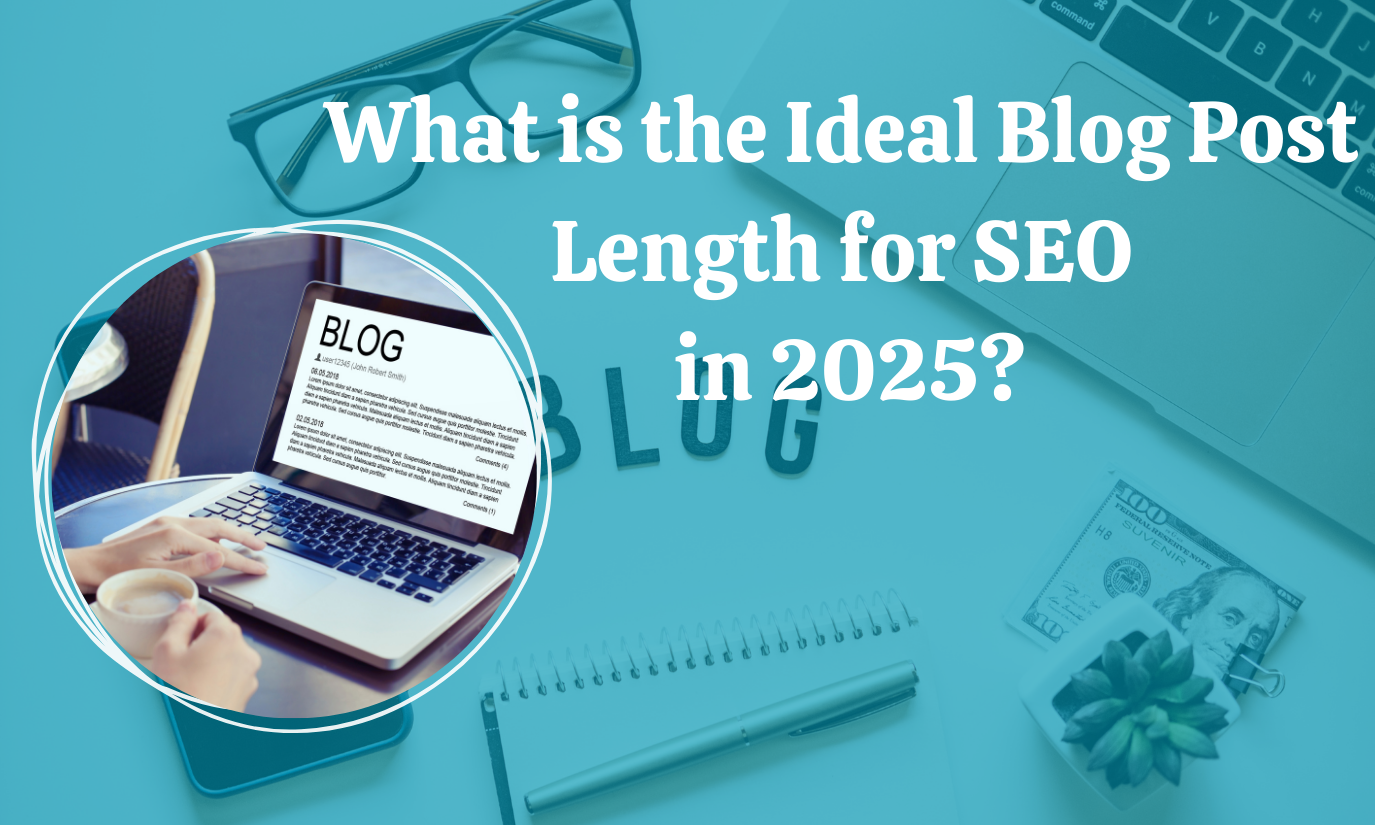What is the Ideal Blog Post Length for SEO in 2025?
In the ever-evolving world of SEO, staying ahead of the curve is crucial. One of the most common questions bloggers and content creators ask is, “What is the ideal blog post length for SEO?” As we look ahead to 2025, the answer isn’t as straightforward as it once was. Let’s dive into the factors that influence blog post length and how you can optimize your content for both search engines and your audience.
The Evolution of Blog Post Length
In the early days of SEO, shorter blog posts (around 300-500 words) were sufficient to rank well. However, as search engines became more sophisticated, the demand for comprehensive, in-depth content grew. By 2020, the average blog post length had increased to around 1,000-1,500 words, with longer posts (2,000+ words) often performing better in search rankings.
Factors Influencing Blog Post Length in 2025
- Search Engine Algorithms: Search engines like Google continue to prioritize high-quality, relevant content. In 2025, we can expect algorithms to further emphasize user experience, which includes the depth and usefulness of content.
- User Engagement: Longer posts tend to keep readers engaged longer, reducing bounce rates and increasing the likelihood of social shares and backlinks. However, the content must be compelling and well-structured to maintain reader interest.
- Content Type: The ideal length can vary depending on the type of content. For example, how-to guides and in-depth analyses may require more words to cover the topic thoroughly, while news updates or opinion pieces might be shorter.
- Mobile Optimization: With the increasing use of mobile devices, content must be easily readable on smaller screens. This means breaking up long posts with subheadings, bullet points, and images to enhance readability.
The Sweet Spot for Blog Post Length in 2025
While there’s no one-size-fits-all answer, a good rule of thumb for 2025 is to aim for blog posts that are between 1,500 and 2,500 words. This range allows you to provide comprehensive coverage of a topic while keeping readers engaged. However, always prioritize quality over quantity. A well-researched, 1,000-word post that thoroughly addresses a topic can outperform a longer, less-focused piece.
Tips for Optimizing Blog Post Length
- Conduct Keyword Research: Use tools like Google Keyword Planner or Ahrefs to identify relevant keywords and understand the intent behind them. This will help you determine the depth of content needed.
- Focus on User Intent: Tailor your content to meet the needs of your audience. Answer their questions, provide solutions, and offer valuable insights.
- Use Data and Examples: Incorporate statistics, case studies, and real-life examples to add credibility and depth to your content.
- Optimize for Readability: Use short paragraphs, subheadings, and bullet points to make your content easy to scan. This is especially important for mobile users.
- Update Regularly: SEO is not a one-time effort. Regularly update your blog posts to keep them relevant and accurate.
As we approach 2025, the ideal blog post length for SEO will continue to be influenced by search engine algorithms, user behavior, and content type. While longer posts generally perform better, the key is to create high-quality, engaging content that meets the needs of your audience. By focusing on user intent, optimizing for readability, and staying updated with SEO trends, you can ensure your blog posts rank well and resonate with readers.




